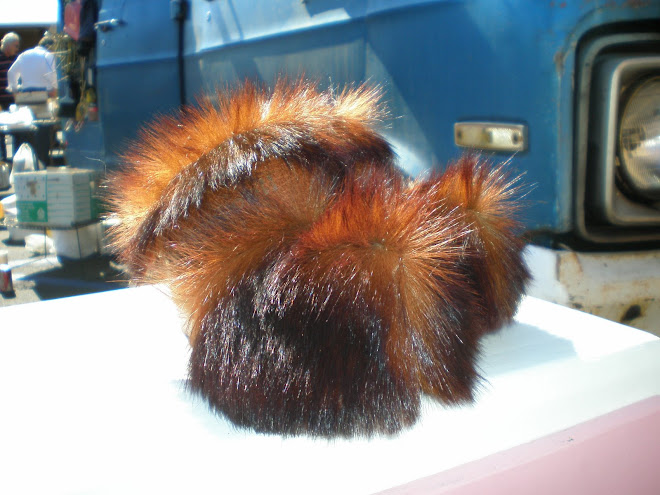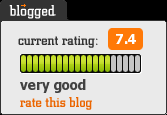In "The Lesson of Creative Writing's History" (1994) D.G. Meyers writes that there are "two distinct ways to account for a literary text". He believes that you can account for a literary text as "determined" or "created" (1994, par.1); according to Meyers, the literary scholar chooses to look at literary texts as finished and "determined"; writers choose to examine and treat all textual artifacts as "created".
Therefore, the "larger impersonal forces" that the writer must have dealt with are of less importance to the writer than the literary scholar (Meyer, 1994, par.1). And, this particular truth informs the history of creative writing programs in the U.S. Meyers believes that "What is now called creative writing is a historical effort to treat literature as a creative activity rather than an object for interpretation"(Meyer, 1994, par.2).
Creative writing programs churn out writers that have lived like artists for two to three years; their thesis, a body of original work, is what MFA students have to show for themselves. Creative writing programs are academic factories that green light former interpreters of English to man up and gamble on the production of original pieces, and an ouevre that is dire, despite the propensity among burgeoning writers to be derivative and borrow ignominiously.
Creative writing aligns itself with Aesthetics because it's heavy on technique; the emphasis on aesthetics is exercised in "workshop" classes where a professor facilitates peer feedback of a work (whose author is known or anonymous). Students in creative writing programs are encouraged to develop a style and a language of their own.
In many respects, creative writing "owes its existence to an anti-scholarly animus that was originally directed against philology" (Meyer, 1994, par.2) so it is no surprise that historically, "Creative writing in fact evolved out of the genre of English composition that was taught at Harvard starting in the 1880s, and it reached its maturity at Iowa in the 1930s when it was installed in the curriculum of a graduate school of criticism"(Meyer, 1994, par.5).
Creative Writing was "professionalized" about thirty years later (Meyer, 1994, par.6); in 1967 the Associated Writing Programs was established at George Mason University to aid in intent and direction of U.S. Creative Writing Programs.
According to the Associated Writing Program's website, there are currently "822" Creative Writing programs. Within those 822 are institutions that grant AAs to PhDs in creative writing with the bulk of the number, "318," going to programs which offer creative writing as a minor with a BA or BS ("2009, About AWP"). Overall, in 2009, there were 153 programs nationwide that granted Masters of Fine Arts in Creative Writing ("2009, About AWP").
Of those 153, four programs belong to the City University of New York: Hunter, City College, Brooklyn, and Queens.
These four programs have a varied and distinct history. For example, Brooklyn College is where Alan Ginsburg taught for many years; the program is buoyed by a state of the art library and progressive interaction with the Education Department and the greater Brooklyn community (Day of the Poet, etc.). Hunter College is also buoyed by a state of the art library; in addition, students who pursue their MFA in Creative Writing would have access to the archives at the Centro PR. Students at Queens College would benefit from the newness of the MFA program, and also the fact that it contains an alternative slant in Literary Translation. The program currently has Kimiko Hahn
Spicaresque:
A Spanglish blog dedicated to the works, ruminations, and mongrel pyrotechnics of Yago S. Cura, an Argentine-American poet, translator, publisher & futbol cretin. Yago publishes Hinchas de Poesia, an online literary journal, & is the sole proprietor of Hinchas Press.
Subscribe to:
Post Comments (Atom)

.png)

No comments:
Post a Comment